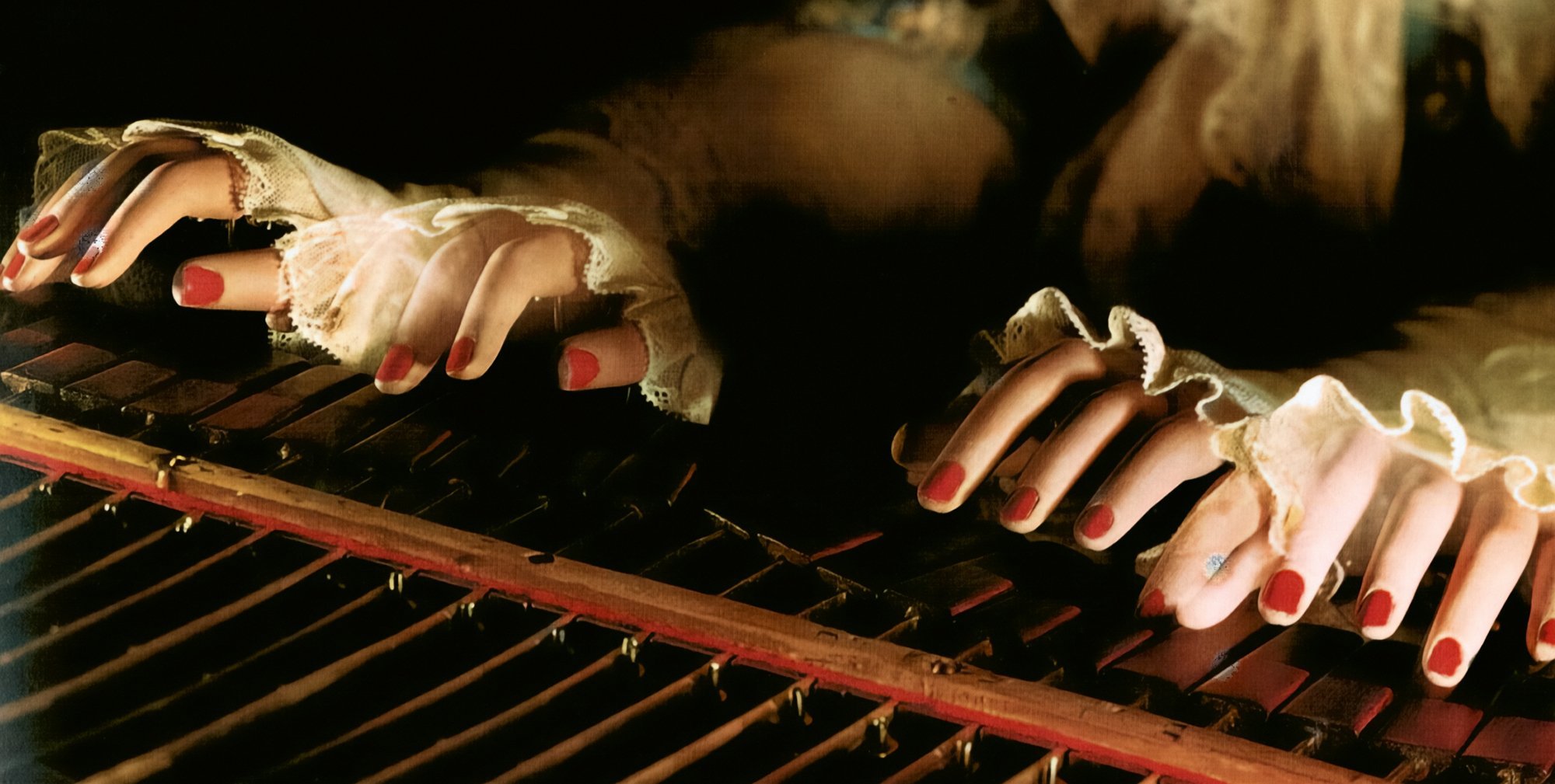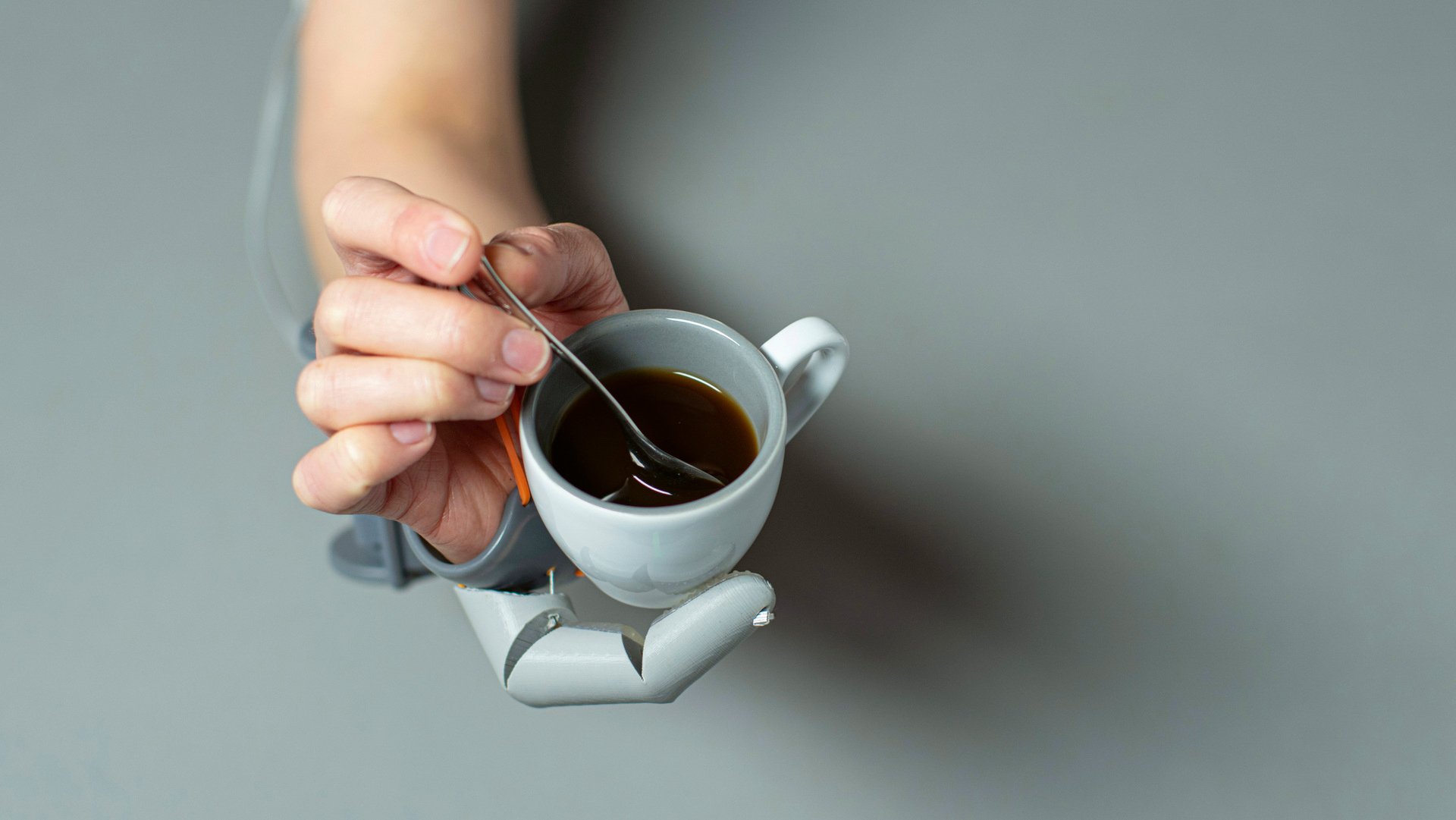The Humanoid Automata of Pierre Jaquet-Droz
Between 1768 and 1772, clockmaker and automaton-maker Pierre Jaquet-Droz built three wonderful humanoid automata: The Writer, The Draughtsman and The Musician.
He took them on what we would now call a roadshow, demonstrating his inventions before amazed and delighted audiences throughout the courts of Europe. Onlookers jostled to catch a glimpse of these fabulous objects, examples of the most advanced precision mechanics.
The Writer can pen a three- or four-line message to order. The Draughtsman will skilfully execute any of four drawings.
The Musician plays a choice of five melodies on her organ, then draws her breath before bowing to thank the listener.
This fascinating spectacle is governed by a complex array of cams and springs, articulations and bellows. Each automaton can be mechanically programmed to perform this or that melody, write one or other text, sketch this or that drawing. It’s said that when Pierre Jaquet-Droz’s business partner, Jean-Frédéric Leschot, demonstrated the Draughtsman to Marie-Antoinette, he announced it would sketch the portrait of Louis XV, wrongly adjusted the cams, and the queen was instead presented with a drawing of a dog.

Pierre Jaquet-Droz gave up his idea of becoming a pastor to devote himself to mechanics. He studied under the Bernoulli brothers, renowned physicists and philosophers of the day, and met Jacques Vaucanson, already the creator of numerous automata including the Digesting Duck, which, among other things, ate grain then defecated. He consulted his friend, Daniel Gagnebin, on how to give his automata their natural, supple movements. An army surgeon, Gagnebin was well versed in the physiology of the human body, its muscles and tendons, its “mechanisms”. Using his knowledge of clockmaking, he devised artificial limbs which applied the science of automata to orthopaedics.
Luxury objects existing purely for the observer’s pleasure, Pierre Jaquet-Droz’s automata demonstrated what precision mechanics could achieve. Indeed, certain of his ideas and solutions would carry over into the development of machine-tools.
Ultimately, though, fascination with these animated figures sprang from a more profound question: could man replicate his fellow man and even create something superior to him? A question that is even more relevant today.
The Third Thumb
Two and a half centuries later, researchers seek not to reproduce the movements of a musician’s hand in the most lifelike way possible, but to enhance the function of the human hand with the addition of a third thumb.
Initiated in 2017, this astonishing idea is that of New Zealander Dani Clode, Head Designer & Senior Technical Specialist with The Plasticity Lab at Cambridge University.

The 3D-printed prosthetic is worn on the opposite side of the palm to the actual thumb, next to the little finger. It is wirelessly controlled by pressure sensors under the user’s big toes. Pressure from the right toe moves the thumb across the hand, while pressure from the left toe pulls the thumb closer to the fingers. The Third Thumb can perform a range of dynamic movements, like a biological thumb, and is designed not to replace but augment the capacity of the human hand by making it possible to perform with one hand tasks that would normally require both hands or coordination with other people.
This augmentation of the human hand could have numerous applications in everyday life and in work environments, from the surgeon to the welder, to take two examples.
-

- The Third Thumb Project / Dani Clode Design
Dani Clode is collaborating with The Plasticity Group at the Institute of Cognitive Neuroscience at University College London, headed by Tamar Makin, to study the effect of human extension, in this instance a third thumb, on brain plasticity. Tests combined with MRI scans have shown changes to activity in the brain’s sensorimotor cortex, with significant and rapid changes in areas of the brain responsible for hand representation. In other words, the brain adapts to and integrates the presence of an extra thumb. For many, this is an area of ongoing debate and numerous questions, in particular ethical, remain.
An in-depth article on the Third Thumb will appear in the first issue of HANDS in September 2026.
The Hand Exoskeleton Robot
Whereas Pierre Jaquet-Droz’s Musician set out to mechanically reproduce hand movements, hence imitate nature, an exoskeleton is a structure worn over a part of the body in order to enhance strength or speed, for example to lift a weight that would otherwise be impossible to move or to assist with mobility.
-

- Hand exoskeleton robot, Shinichi Furuya, Takanori Oku, Hayato Nishioka, Masato Hirano
In an experiment presented in the January 2025 issue of Science Robotics, Shinichi Furuya and his team developed an exoskeleton robot for a pianist’s hand: a very different type of Musician! For trained individuals such as athletes and musicians, learning often plateaus after extensive training. This is known as the “ceiling effect” and can only be overcome with prior physical experience. Furuya and his team exposed expert pianists to rapid and complex finger movements by equipping them with a hand exoskeleton robot whose fingers move quickly and independently. This passive exposure to the otherwise impossible complex finger movements generated by the exoskeleton robot enabled the pianists to play faster.
According to the authors of the research, “the exoskeleton training with one hand also improved the motor skill of the untrained contralateral hand, demonstrating the intermanual transfer effect. The training altered patterns of coordinated activities across multiple finger muscles during piano playing but not in general motor and somatosensory functions or in anatomical characteristics of the hand (range of motion). Patterns of the multifinger movements evoked by transcranial magnetic stimulation over the left motor cortex were also changed through passive exposure to fast and complex finger movements, which accompanied increased involvement of constituent movement elements characterizing the individuated finger movements. The results demonstrate evidence that somatosensory exposure to an unexperienced motor skill allows surmounting of the ceiling effect in a task-specific but effector-independent manner.” In layman’s terms, the exoskeleton enabled the pianist to overcome the “ceiling effect” with lasting results. The subtlety and beauty of their musical interpretation remains entirely human.





















